Afghanistan civilians: April 2013
One of the most desperately poor, war-torn nations on earth, Afghanistan attracts our attention mostly for the wrong reasons. Well over 30 percent of the population lives in absolute poverty, with as many clinging to their places just barely above the poverty line. While Afghanistan is the world's leader in opium exports, domestic consumption afflicts almost a quarter of a million, with an additional 150,000 addicted to heroin, triple the number from 2005. Violence against women and girls continues. But rich cultural traditions abound, and Afghan society is making progress. Gathered here are images of the colorful yet troubled lives of Afghan civilians. -- Lane Turner

Schoolgirls who fell ill after smelling gas at their school receive treatment at a hospital in Takhar province on April 21, 2013. As many as 74 girls fell sick after possible poisoning. There have been numerous substantiated cases of mass poisonings of schoolgirls by elements of Afghanistan's ultra-conservative society that are opposed to female education. (Stringer/Reuters) #
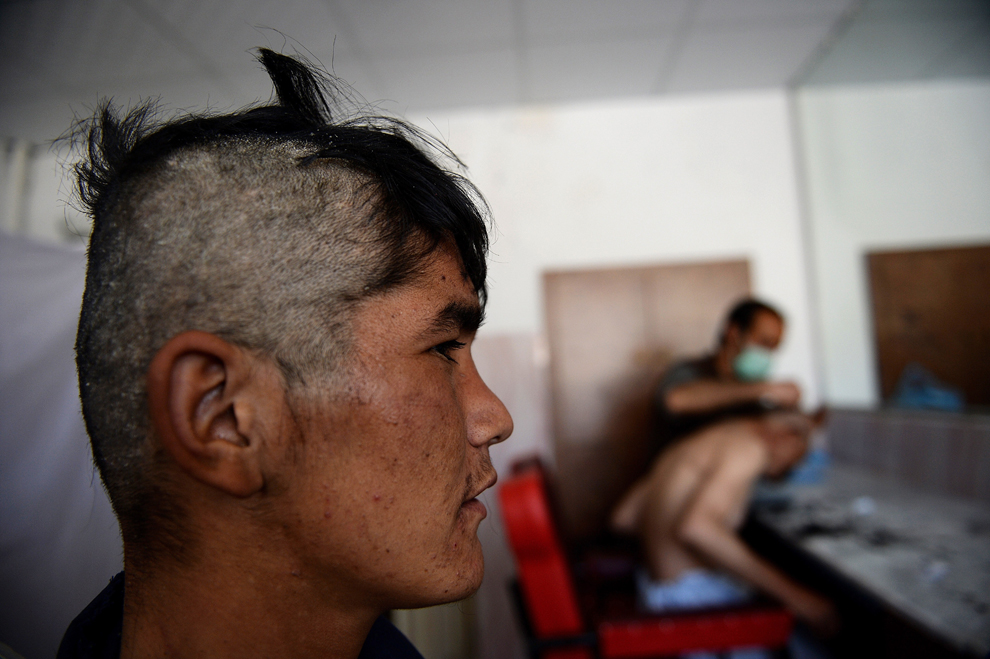
A barber cuts a drug addict's hair at the NEJAT drug treatment center in Kabul on April 17, 2013. The center works on prevention, treatment and care of drug users and HIV/AIDS patients. Between 2005 and 2009, the number of Afghan heroin addicts tripled to 150,000, with 230,000 people using opium in 2012. (Shah Marai/AFP/Getty Images) #

Athletes perform during a ceremony to honor Ghazni as the UNESCO City of Islamic Culture for the Asian region for 2013 in Ghazni on April 18, 2013. The city south of Kabul boasts a number of important pre-Islamic and Islamic sites but due to the security situation cannot be reached by foreign tourists. (Rahmatullah Alizad/AFP/Getty Images) #
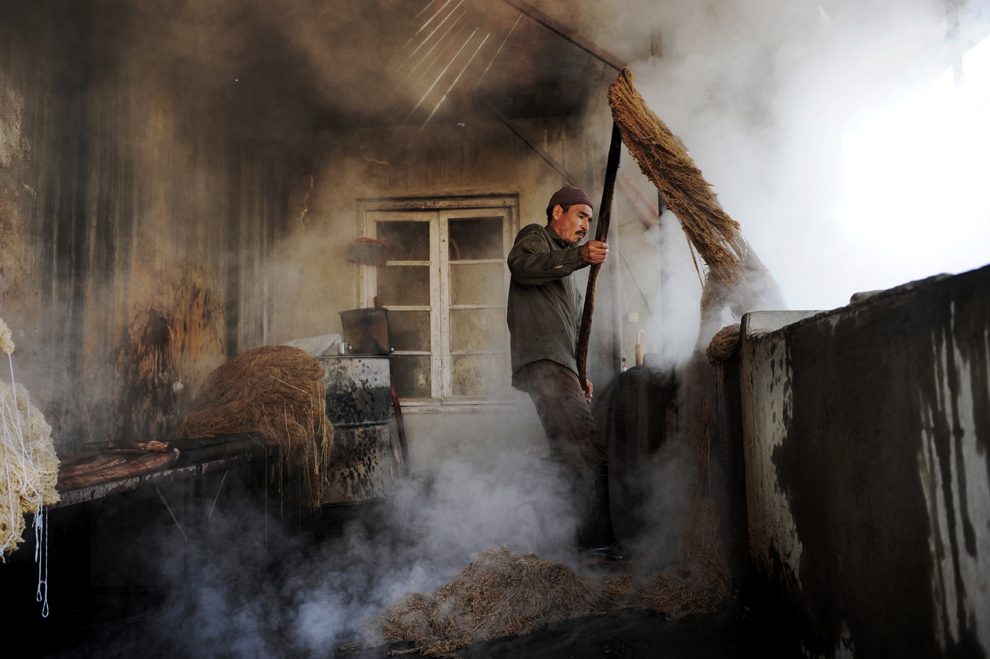
Sixty-two year old worker Saifullah extracts bunches of freshly dyed wool which will eventually be used by carpet weavers in Ziraat, on the outskirts of Mazar-i-Sharif, Afghanistan. Saifullah, who supports a family of eight and makes the equivalent to about 150 USD per month is one of many people involved in the process of making world renowned Afghan carpets that are known for their quality and use of natural dyes and can fetch thousands of dollars in the international market. The wool Saifullah uses is bought from local women who spin it at home. Traditional northern Afghan rugs are mostly woven by women using wooden looms which the men put together. (Farshad Usyan/AFP/Getty Images) #
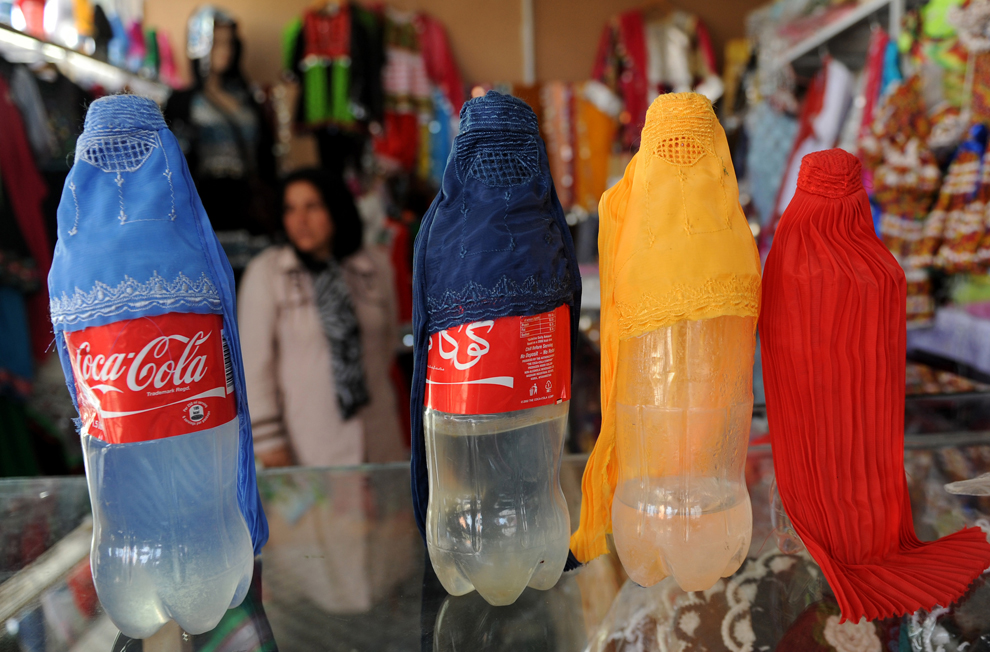
A store at Rabia Balkhi displays miniature designs draped on used coca-cola bottles at an all-women's market on Chedgari Street in Mazar-e-Sharif province on April 25, 2013. The market houses about 20 women-owned stores that sell a range of goods from handicrafts to beauty supplies and photography equipment, and is named after the famous princess and poet Rabia Balkhi who lived in the city of Balkh during the 9th century. (Farshad Usyan/AFP/Getty Images) #
__._,_.___
| Reply via web post | Reply to sender | Reply to group | Start a New Topic | Messages in this topic (1) |
" Minuman para Anbia : http://higoat-2009.blogspot.com/"
" Anda masih mencari jodoh? Lawati http://www.myjodoh.net"
" Kertas Soalan Ramalan Matematik 2010 : http://maths-catch.com/exam"
" Kedai Maya : http://halawahenterprise.blogspot.com/"
" Blog Sahabat RG : http://azwandengkil.blogspot.com"
Terima kasih kerana sudi bersama kami. Untuk mendapatkan maklumat lanjut tentang ReSpeKs Group, sila ke : http://respeks-group.blogspot.com.
Segala email yang tersiar melalui Respeks Group adalah tanggungjawab penulis asal email. Owner atau moderator tidak bertanggungjawab ke atas setiap email yang disiarkan dan sebarang dakwa dakwi tiada kena mengena dengan moderator group.
" Anda masih mencari jodoh? Lawati http://www.myjodoh.net"
" Kertas Soalan Ramalan Matematik 2010 : http://maths-catch.com/exam"
" Kedai Maya : http://halawahenterprise.blogspot.com/"
" Blog Sahabat RG : http://azwandengkil.blogspot.com"
Terima kasih kerana sudi bersama kami. Untuk mendapatkan maklumat lanjut tentang ReSpeKs Group, sila ke : http://respeks-group.blogspot.com.
Segala email yang tersiar melalui Respeks Group adalah tanggungjawab penulis asal email. Owner atau moderator tidak bertanggungjawab ke atas setiap email yang disiarkan dan sebarang dakwa dakwi tiada kena mengena dengan moderator group.
.
__,_._,___









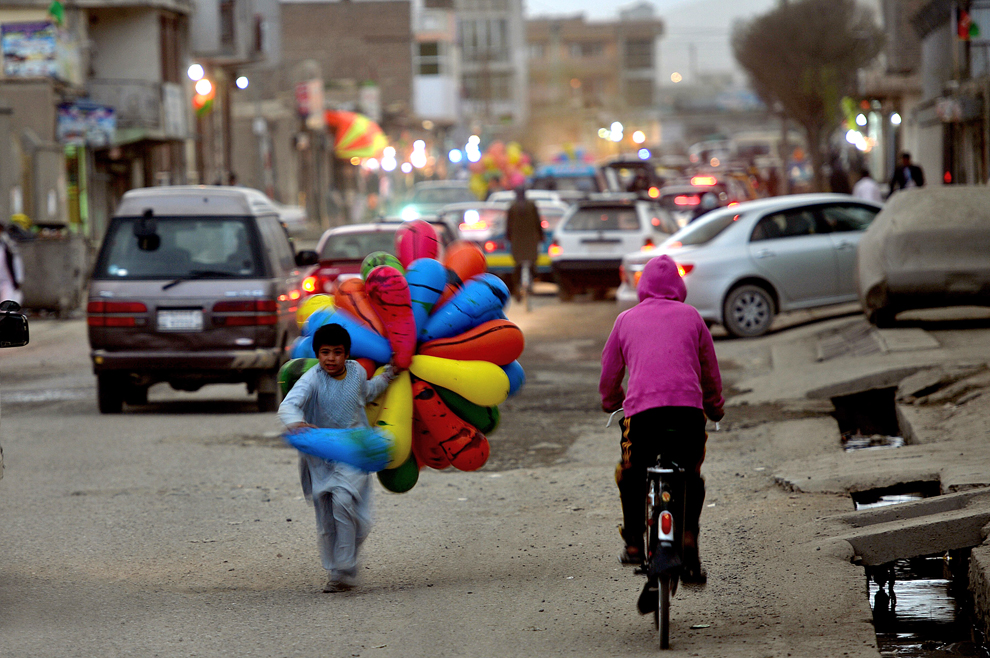


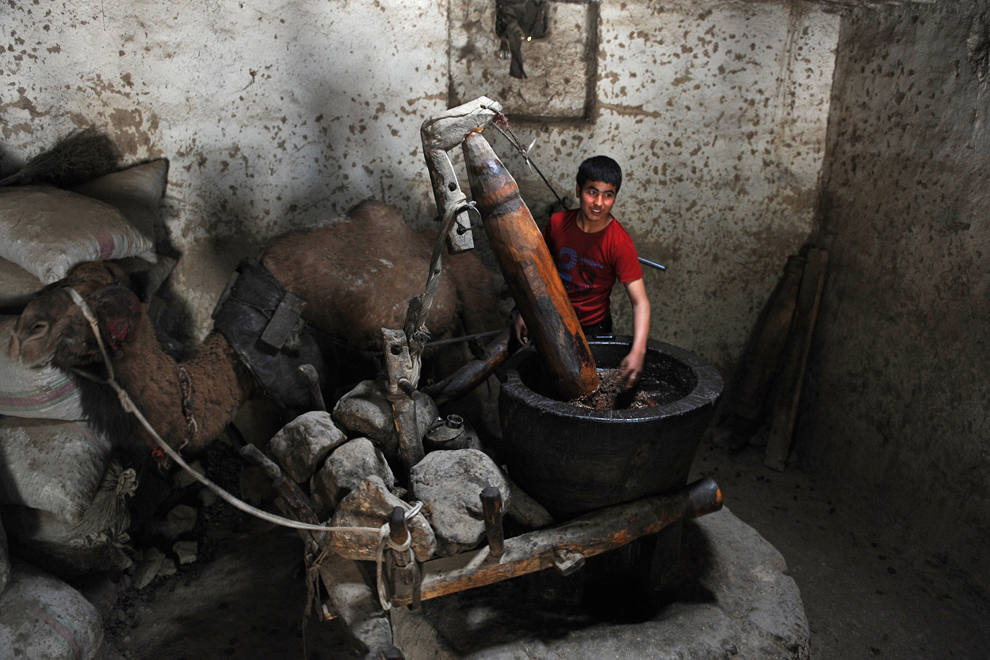
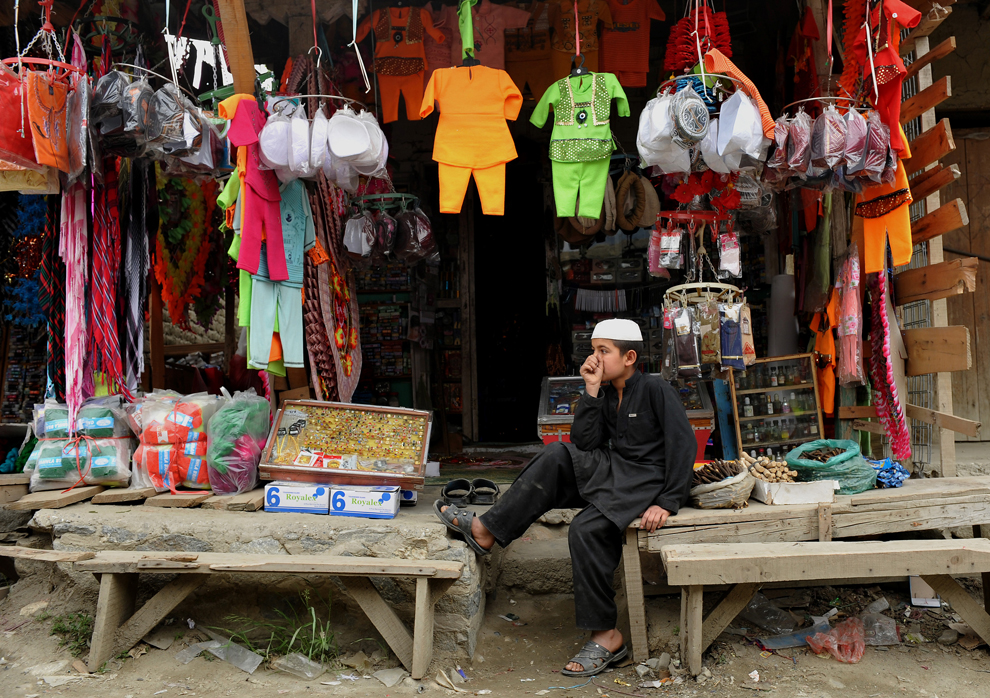
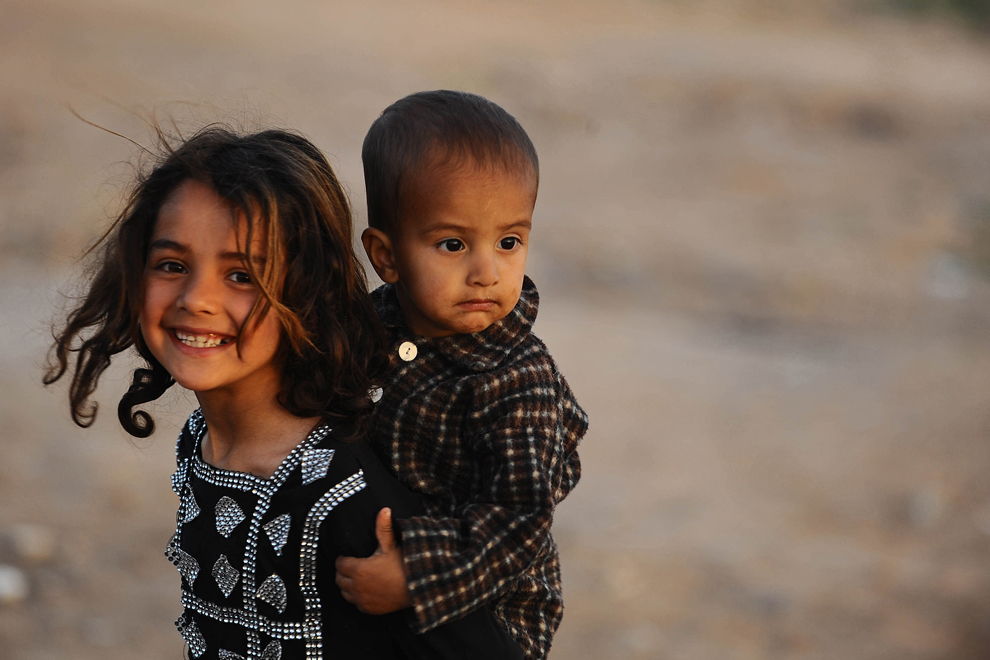
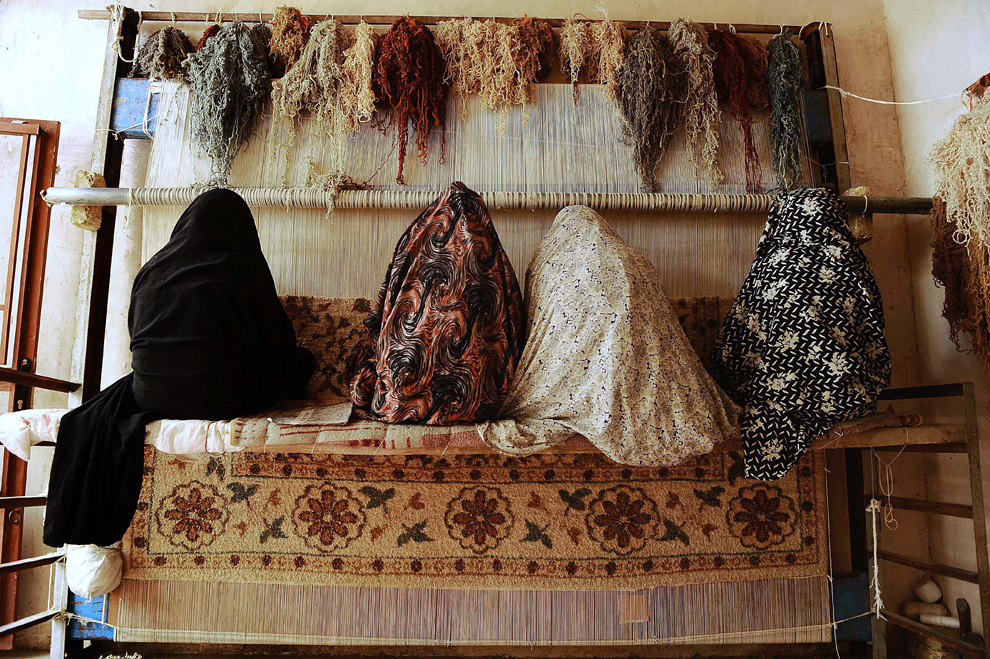
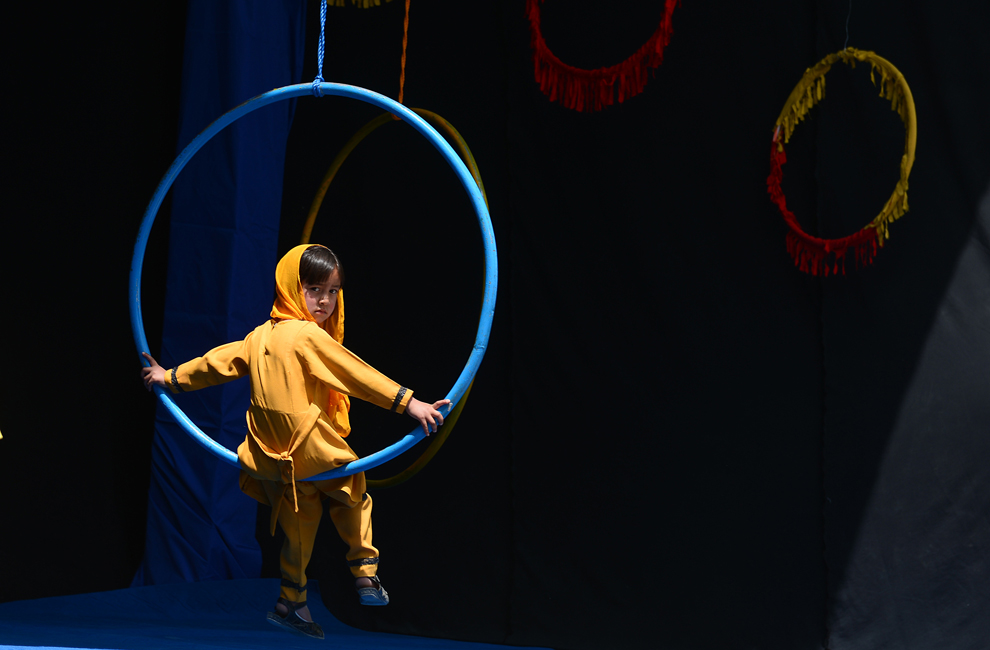
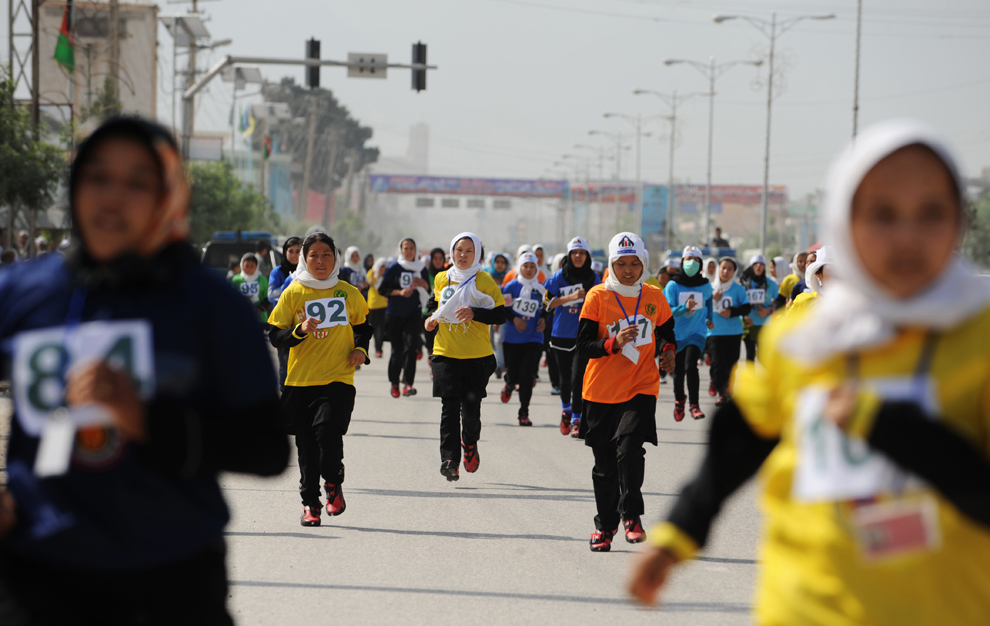


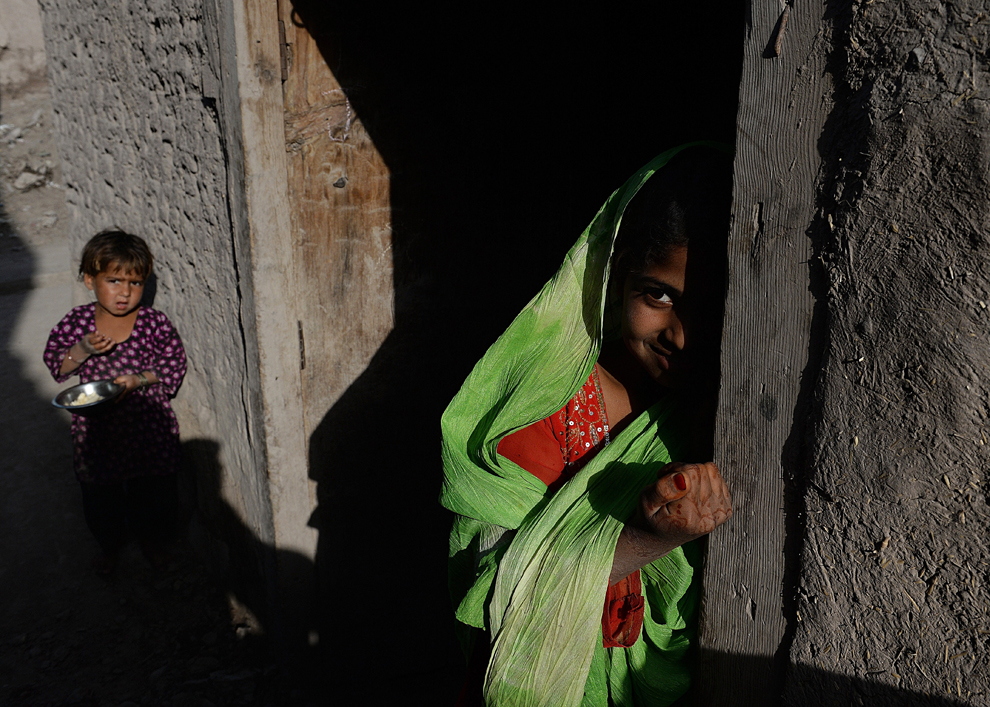
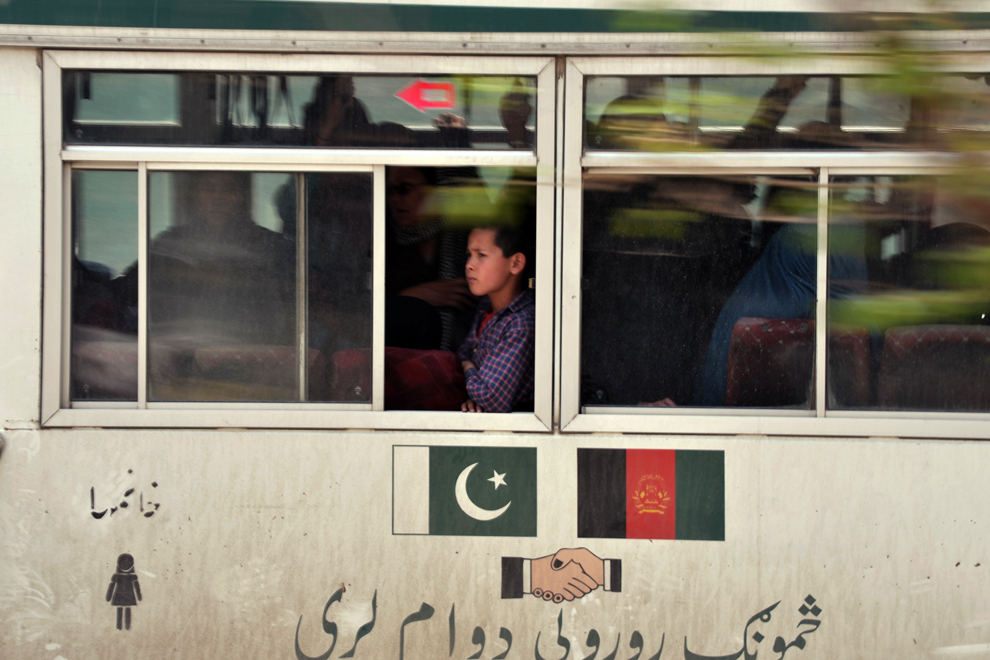

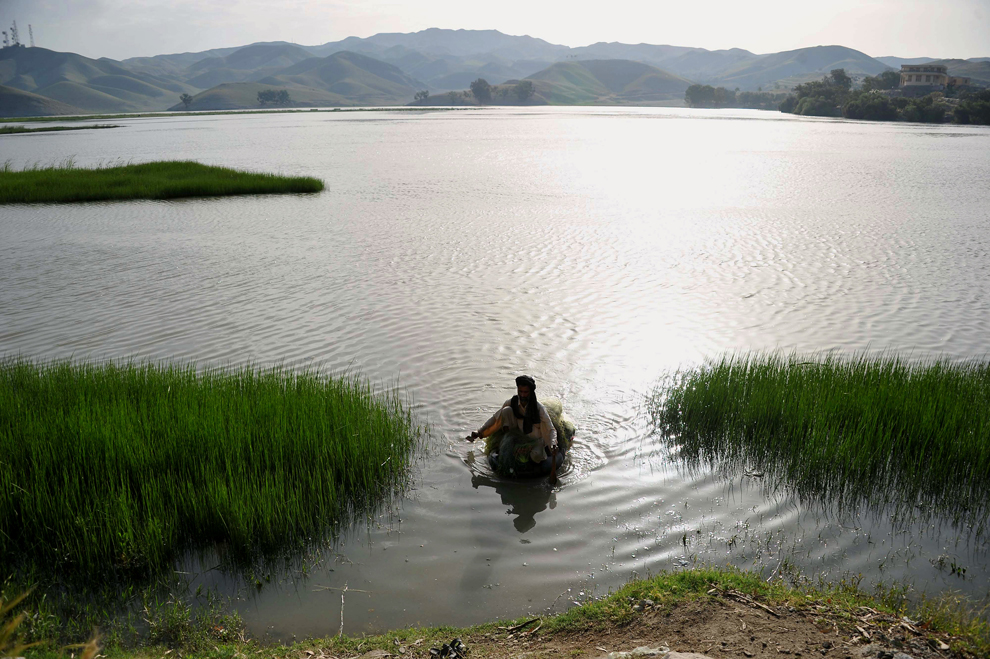
No comments:
Post a Comment